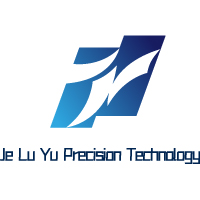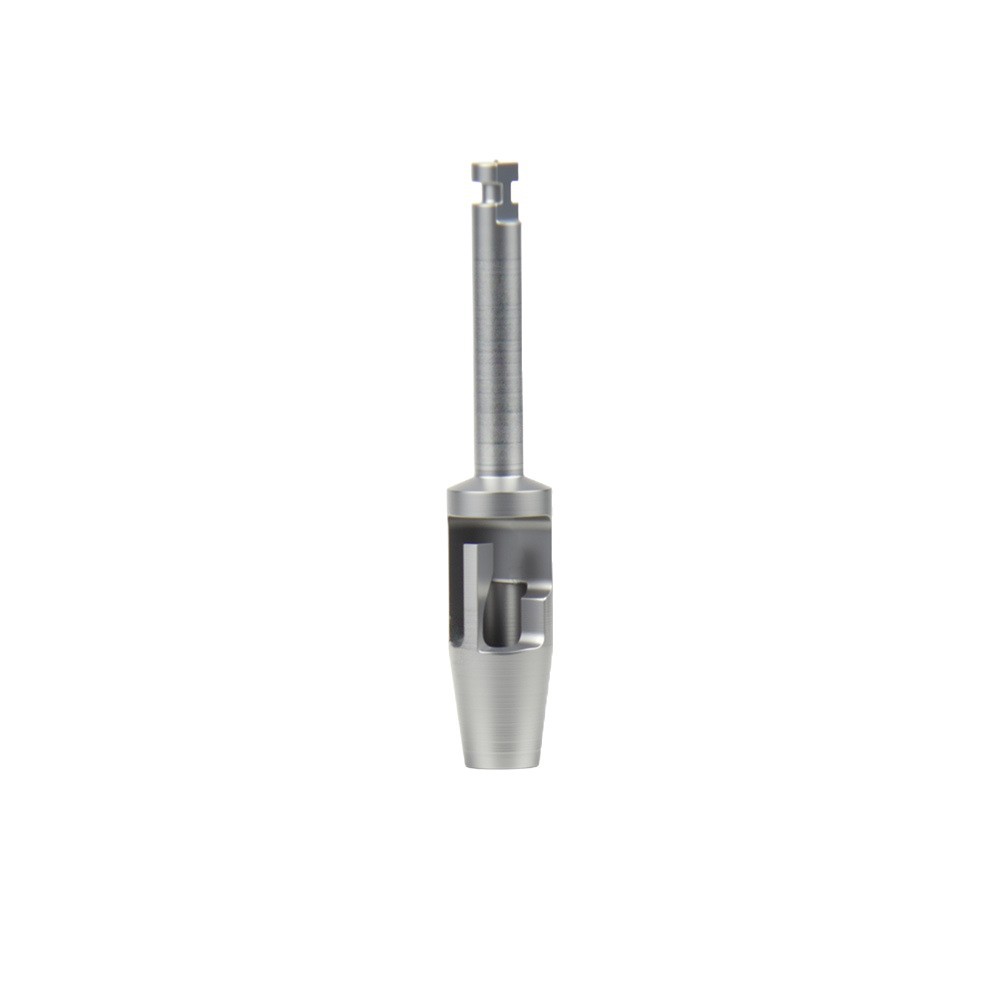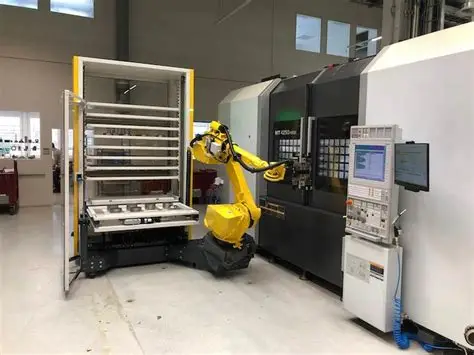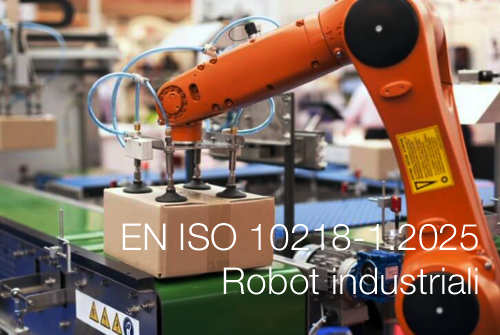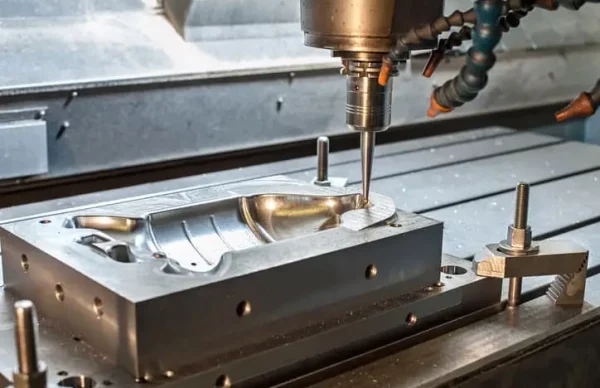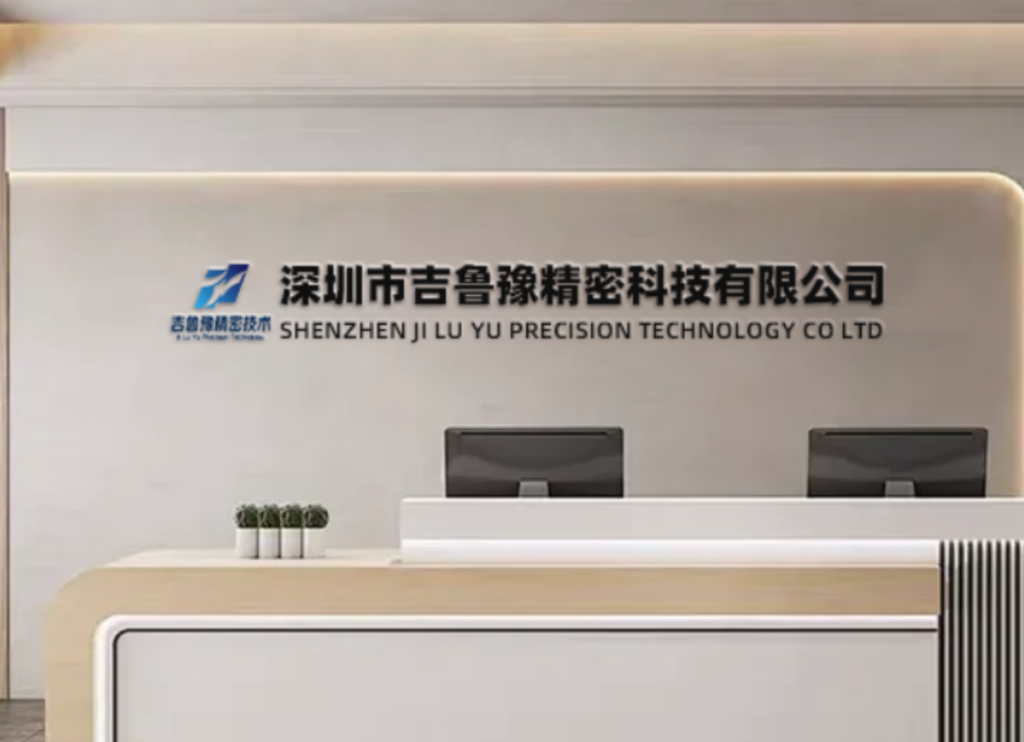1. What Are Wear-Resistant Coatings in Surface Finishing?
In the world of manufacturing and engineering, wear-resistant coatings play a pivotal role in enhancing the longevity and durability of components. These coatings are particularly essential in industries where machinery and tools are subjected to harsh conditions and frequent use, such as aerospace, automotive, and medical fields. By implementing wear-resistant coatings, manufacturers can significantly reduce maintenance costs and downtime, leading to improved productivity and efficiency.
Wear-resistant coatings are engineered to withstand various forms of wear, including abrasive, adhesive, and fatigue wear. For instance, in the automotive sector, parts like brake pads and engine components benefit greatly from these coatings, ensuring they can perform under high-stress conditions without succumbing to damage.Moreover, wear-resistant coatings are suitable for a diverse range of applications. In precision optics, for instance, these coatings provide scratch resistance while maintaining optical clarity, which is vital for applications in cameras and lasers. Similarly, in the medical field, surgical tools coated with wear-resistant materials can maintain their sharpness and effectiveness over extended use, ultimately leading to better patient outcomes.
| Definition | Why It Matters |
|---|---|
| Wear-resistant coatings = nanometre–micron layers that resist abrasion, adhesion, fatigue and corrosion | Extends component life 3×-10× without dimensional change |
| Deposited via PVD sputtering, arc evaporation or ALD | REACH-compliant, no hex-chrome, no PFAS |
| Maintain Ra ≤ 0.02 µm after coating | Ideal for precision optics, medical blades, EV motors |
2. Ultra-Thin Film Technologies We Use
In addition to the advanced technologies mentioned, the choice of coating is influenced by the specific requirements of the application. For example, in environments exposed to high temperatures, coatings like HiPIMS CrN are favored due to their excellent oxidation resistance. On the other hand, ta-C DLC is often selected for applications requiring low friction and high hardness.
| Method | Typical Stack | Thickness (nm) | Key Benefit |
|---|---|---|---|
| HiPIMS CrN | CrN gradient | 500–3 000 | Mirror finish, 850 °C oxidation |
| Filtered Arc ta-C | ta-C DLC | 100–2 000 | 0.05 friction, 3 000 HV |
| Reactive Sputter Al₂O₃ | Al₂O₃ / TiO₂ | 50–500 | Electrical insulation + AR |
| Magnetron TiCN | TiCₓN₁₋ₓ multilayer | 300–4 000 | High toughness under impact |
3. Performance Matrix – Wear-Resistant Coatings vs Legacy Finishes
The performance matrix of different coatings highlights the strengths and weaknesses of each option. For instance, while hard chrome offers high hardness, it may not perform as well under corrosive conditions compared to HiPIMS CrN. Understanding these differences allows manufacturers to make informed decisions based on their operational context.
| Coating / Finish | Thickness (µm) | Hardness (HV) | Pin-on-Disc Wear Rate (mm³/N·m) | Salt Spray (h) | Max Service Temp (°C) |
|---|---|---|---|---|---|
| Hard Chrome | 20 | 900 | 1.5 × 10⁻⁵ | 48 | 350 |
| Electroless Ni-P | 25 | 700 | 1.2 × 10⁻⁵ | 96 | 300 |
| HiPIMS CrN | 2.0 | 2 600 | 2.3 × 10⁻⁶ | 1 200 | 850 |
| ta-C DLC | 1.0 | 3 000 | 8.1 × 10⁻⁷ | 1 000 | 400 |
| TiCN Multilayer | 2.5 | 2 400 | 1.9 × 10⁻⁶ | 800 | 600 |
Additionally, the data verification process ensures that the coatings meet international standards for durability and performance. For example, tests conducted by reputable organizations like SGS provide confidence to manufacturers that their chosen coatings will perform as expected in real-world applications.
4. Three New Case Studies (2024)
These case studies exemplify how wear-resistant coatings can have transformative effects on product performance. For instance, the dental OEM case study not only emphasizes the longevity of the drills but also highlights the importance of meeting regulatory standards such as the CE mark, which is crucial for market acceptance in Europe.
Case Study 1 – Surgical Drills
Challenge: 316L drills dulled after 20 sterilisation cycles.
Wear-Resistant Coating: 800 nm ta-C DLC + 50 nm Cr inter-layer via filtered arc.
Result: Edge radius growth < 3 µm after 150 cycles; CE mark achieved.
Case Study 2 – EV Motor Stator Punches
Problem: 0.35 mm electrical steel sticking caused burrs.
Wear-Resistant Coating: 2 µm CrN + 200 nm a-C:H via HiPIMS.
Result: Tool life 3× longer; scrap reduced 40 %.
Case Study 3 – Smartphone Camera Gimbal Rollers
Issue: Micro-vibration noise under 0.1 N preload.
Wear-Resistant Coating: 300 nm TiCN multilayer on 440C stainless.
Result: Lifetime test passed 500 k cycles; noise floor 6 dB lower.
5. Vacuum Process Flow – From CAD to Coated Part
The vacuum process flow outlined is critical for ensuring a consistent and high-quality application of wear-resistant coatings. Each phase, from substrate preparation to final QA, plays a vital role in the overall effectiveness of the coating. Companies that implement rigorous quality checks at each stage typically see a significant reduction in defects and rework, ultimately saving time and resources.
| Phase | Key Actions | QC Check | Lead Time |
|---|---|---|---|
| RFQ Review | DFM + load modelling | 24 h | — |
| Substrate Prep | Plasma etch + ultrasonic | Contact angle ≤ 8° | 2 h |
| Vacuum Deposition | PVD or CVD @ ≤ 10⁻³ mbar | ±3 nm thickness | 3–8 h |
| Post-Polish | Ion-beam finish (optional) | Ra ≤ 0.01 µm | 1 h |
| Final QA | Calot, nano-indent, salt-spray | CpK ≥ 1.67 | 12 h |
6. Market Outlook 2024–2028
Looking ahead, the market outlook for wear-resistant coatings indicates robust growth across various sectors. As industries continue to advance towards more sustainable and efficient production methods, the demand for high-performance coatings will only increase. This is particularly true for sectors that are increasingly focused on reducing waste and enhancing the lifecycle of their products.
| Sector | 2024 Adoption | 2028 Forecast | Driver |
|---|---|---|---|
| Medical Instruments | 20 % | 55 % | Re-usable, sterilisable blades |
| EV Powertrain | 12 % | 40 % | Lamination die life |
| Consumer Electronics | 15 % | 45 % | Wear-resistant hinges & optics |
7. FAQs About Wear-Resistant Coatings
FAQs surrounding wear-resistant coatings often highlight common concerns such as the removability of coatings for rework or the impact on optical clarity. Addressing these questions not only educates potential clients but also builds trust in the technology, showcasing the versatility and reliability of wear-resistant coatings.
A: Yes. Oxygen-plasma etch strips DLC or nitride layers without damaging dimensions.
A: Our AR oxide stacks maintain > 98 % transmittance and survive 1 000 h UV exposure.
A: Zero. One prototype or one million parts – same quality.
8. How to Order Today
To further streamline the ordering process, potential clients are encouraged to provide detailed specifications when reaching out. This can include information about the application environment, expected lifetime, and any particular performance criteria that must be met. Such details allow manufacturers to offer tailored solutions that best meet the client’s needs.
-
Email [email protected] with STEP/IGES files.
-
Specify load case, mating material, required life.
-
Receive DFM + coating stack + quotation within 48 h.
-
No MOQ; volume discounts from 100 pcs.
In summary, wear-resistant coatings represent a critical advancement in surface finishing technology, providing unparalleled protection and performance across a wide range of applications. Their ability to prolong the life of components not only enhances efficiency but also contributes to sustainability by reducing waste and the need for frequent replacements.
